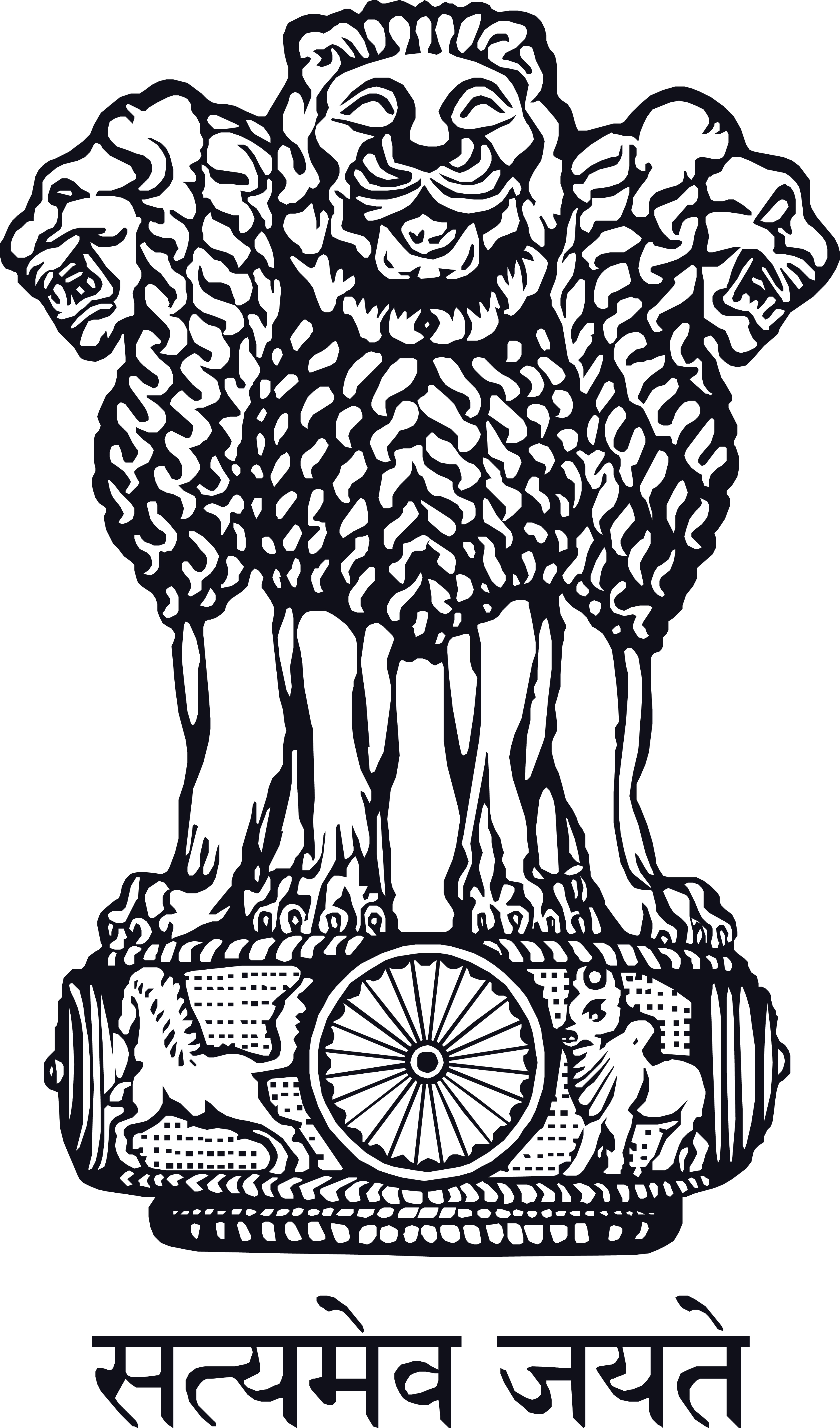Drugs in Ayurveda
Let fruitful plants and fruitless, those that blossom and blossomless, urged onwards by Brihaspati, release us from pain and grief.
Drug is a substance that can be used for the treatment of ailments. Bhavaprakasa defines drug as a substance, by which the physician cures the disease. According to Caraka Samhita there is no substance in the world, which cannot be used as a drug, when used rationally and with a definite objective (Nanausadhibhutam). Commonly, the drugs are derived from natural sources comprising of plants, animal parts and their products, marine products, metals and minerals. Caraka in Vimanasthana gives an outlay of the criteria for the selection and use of various substances used in the treatment of disease as:
1. Prakrti-nature of substance
2. Guna-quality of substance
3. Prabhava-specific action
4. Desa-place of their growth /production and use
5. Rtu-season of collection
6. Manner and method of their preservation and storage
7. Methods of preparation of medicaments
8. Matra-dosage
9. Modes of administration
10. The persons for whom they are indicated
11. Their capabilities of exciting or alleviating the Dosas
12. If there are other substances that possess similar virtues, they may also be considered for use after examining them carefully.
Caraka in Sutrasthana describes the qualities of ideal drug –having abundant supply (Bahuta), wide applicability (Yojnyatva), can be prepared in many forms and by different processes (Anekavidha kalpana) and is dependable with valuable qualities (Sampat).
These medicines are given both for preventive (including conservative, preservative & restorative) and curative purposes. Drugs comprising of plants are abundantly used in Ayurveda. There are about 17,000 flowering plant species in India out of which more than 2000 are known to have medicinal properties.
Like any other science, Ayurveda had never been static. Its practitioners had been innovative and dynamic in their therapeutic practice, discovered newer medicines by combining principles and clinical trials. In Vedic period, mainly plants were used as medicine but, later gradually the use of metals, minerals, marine and animal derivatives (in their purified and calcined forms) became popular in practice; as these could be stored for longer period, required less dosage, were fast acting and with multiple indications.
However, some drugs could be toxic or have undesirable effects. Various methods were developed to reduce their toxic effects and enhance therapeutic properties. For example - Semecarpus anacardium (Bhallataka) fruits after removing the attachment of the thalamus are soaked in cow’s urine for seven days followed by cow’s milk for seven days. They are then put into a bag containing coarse brick powder with which they are rubbed carefully, to reduce the oil content. The fruits are then washed with water and dried in air. Likewise, Realgar (Manahsila) is purified by triturating it seven times with expressed juice of Sesbania grandiflora leaves (Jayanti) or Zingiber officinale rhizome (Srngbera) for making it suitable for medicinal use.
Five basic dosage forms (expressed juice, powder/ paste, decoction, cold and hot infusions) are described which are used alone or with conjunction of other traditional processes for preparing various medicines. Caraka has described 128 general dosage forms e.g. eye drops (Ascyotana), tablet (Vati), meat soup (Mamsa rasa), butter milk (Takra), etc
Recently the popularity of Ayurvedic drugs has increased globally because of its safety, lack of side effects and for its ability to eliminate the root cause of disease etc. For this reason several pharmaceutical companies mushroomed and excessive exploitation of natural resources took place and the standards of pharmaceutical drugs came in question. Maintenance of quality Ayurvedic drugs with such diverse ingredients in today’s world poses a challenge. To achieve this, cultivation and afforestation efforts are taking place rapidly; Researches to revalidate the claims of efficacy of drugs and development of new forms of drugs are being conducted, Pharmacopoeias such as “The Ayurvedic Pharmacopoeia of India” and “The Ayurvedic Formulary of India” have been published and “Good Manufacturing Practices” (GMP) have been enforced in order to ensure quality control of Ayurvedic drugs.


